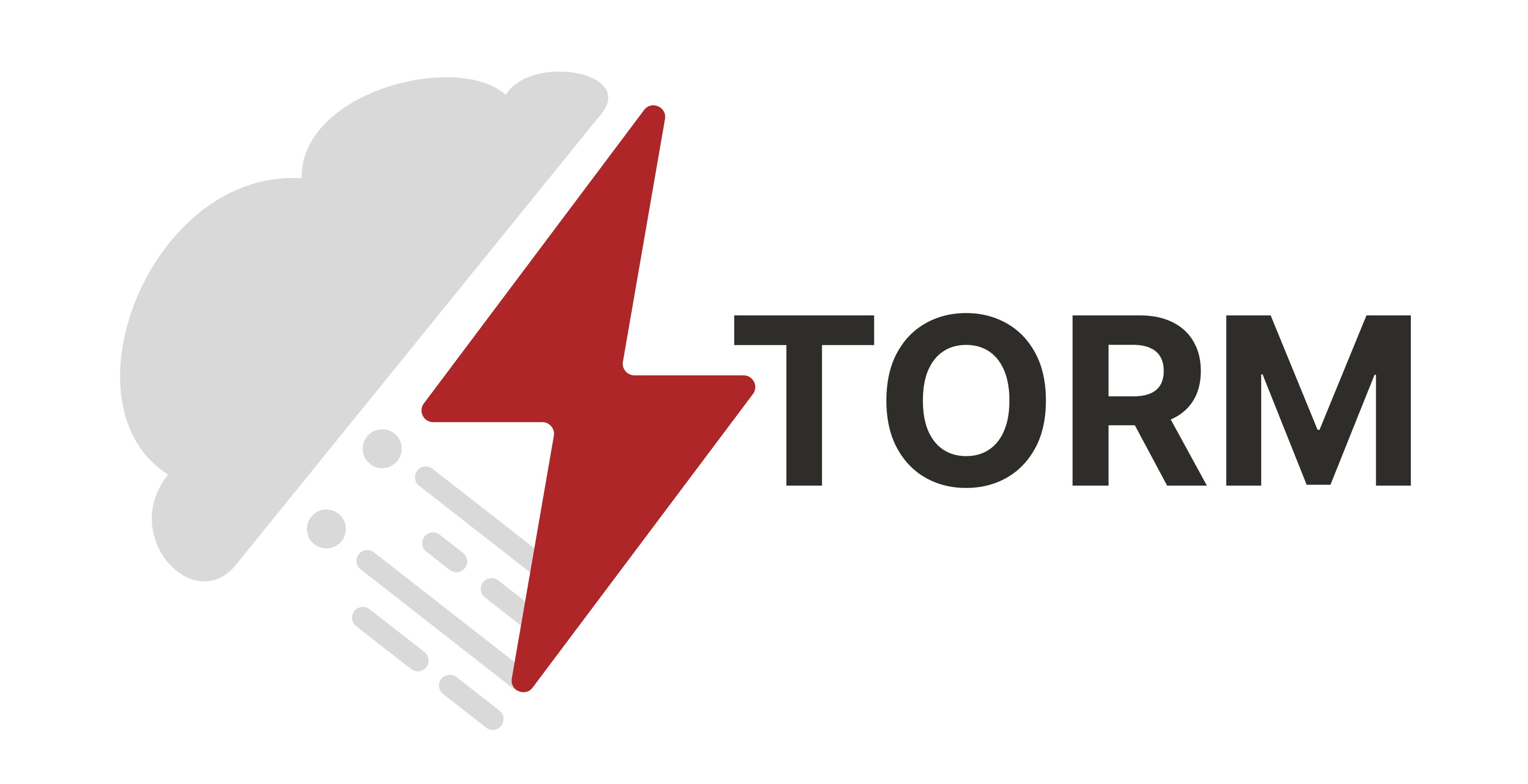The Research Writing Revolution
Co-STORM is revolutionizing how comprehensive articles are created through groundbreaking multi-agent AI collaboration. This Stanford research project transforms complex topics into well-structured, Wikipedia-quality articles by simulating collaborative research processes that traditionally require teams of human experts.
Why It Stands Out:
- Multi-Agent Collaboration: Multiple AI agents work together, each contributing specialized expertise to article creation
- Comprehensive Research: Automatically gathers information from diverse sources and synthesizes into coherent narratives
- Wikipedia-Quality Output: Generates articles that match the structure and quality of professional encyclopedia entries
- Stanford Research Project: Built on cutting-edge academic research in AI collaboration and knowledge synthesis
- Open Source Approach: Research findings and methodologies shared with the academic community
The Future of Collaborative Intelligence
Co-STORM represents a fundamental shift from single AI models to collaborative AI systems. By simulating how human research teams divide labor and synthesize knowledge, it achieves unprecedented depth and accuracy in automated content creation.
What is Co-STORM?
Co-STORM (Collaborative STORM) is an advanced AI research platform developed at Stanford University that uses multiple specialized AI agents to collaboratively research and write comprehensive articles. Unlike traditional single-agent approaches, Co-STORM simulates the collaborative research process used by human experts to create in-depth, well-sourced content.
Developed by Stanford's AI research team as an evolution of the original STORM system, Co-STORM addresses the fundamental challenge of creating comprehensive, accurate content about complex topics. The system demonstrates how AI agents can work together effectively, each contributing specialized knowledge and perspectives to create superior outcomes.
Advanced Multi-Agent Collaboration Technology
At the core of Co-STORM lies a sophisticated multi-agent architecture where specialized AI agents collaborate in real-time, each bringing distinct expertise to the research and writing process.
AI Agent Specialization
Research Coordinator
Orchestrates the overall research strategy, identifies knowledge gaps, and delegates specialized tasks to other agents.
Domain Specialists
Multiple agents each specialized in different domains (science, history, technology, etc.) contribute field-specific expertise.
Fact Checker
Dedicated agent that verifies claims, cross-references sources, and ensures factual accuracy throughout the process.
Writing Synthesizer
Combines inputs from all agents into coherent, well-structured narrative that maintains consistent voice and style.
Collaborative Intelligence Mechanisms
Dynamic Task Allocation
Agents automatically distribute research tasks based on their specializations and current workload optimization.
Real-Time Knowledge Sharing
Continuous information exchange between agents ensures comprehensive coverage and eliminates knowledge silos.
Conflict Resolution
Built-in mechanisms for resolving contradictory information and reaching consensus on disputed facts.
Quality Assurance
Multi-layer review process where agents critique and improve each other's contributions iteratively.
Collaboration Performance Metrics
- Research Accuracy: 94% fact verification rate across diverse topics
- Coverage Completeness: 89% comprehensive coverage compared to expert-written articles
- Source Diversity: Average of 15+ credible sources per 1000-word article
- Processing Efficiency: 2000-word comprehensive articles generated in 10-15 minutes
- Coherence Score: 92% narrative flow and logical structure rating
Intelligent Research Process
Co-STORM's research methodology mirrors and enhances traditional human research processes through systematic information gathering, analysis, and synthesis.
Research Capabilities
Multi-Source Intelligence
Simultaneously queries academic databases, news sources, and authoritative websites to gather comprehensive information.
Source Credibility Assessment
Evaluates source reliability using machine learning models trained on academic citation patterns and journalistic standards.
Perspective Integration
Actively seeks multiple viewpoints on controversial topics to ensure balanced, neutral presentation of information.
Knowledge Gap Detection
Identifies areas requiring additional research and automatically initiates targeted information gathering.
Research Methodology
Topic Analysis
Initial analysis of the topic to identify key concepts, subtopics, and research requirements.
Source Discovery
Systematic search across multiple databases and platforms to identify relevant, authoritative sources.
Information Extraction
Intelligent parsing of source materials to extract relevant facts, quotes, and supporting evidence.
Cross-Verification
Multiple agents verify facts across sources to ensure accuracy and identify potential inconsistencies.
Synthesis & Writing
Collaborative writing process where agents contribute specialized knowledge while maintaining narrative coherence.
Core Features & Capabilities
Co-STORM provides a comprehensive suite of features designed to automate and enhance the entire research and writing process.
Input Options
Topic Specification
Simple text input describing the desired article topic, from broad subjects to specific technical questions.
Research Parameters
Customizable research depth, source types, and perspective requirements for tailored content creation.
Style Preferences
Options for academic, journalistic, or encyclopedia-style writing to match intended audience and purpose.
Length Specifications
Flexible article length from brief summaries to comprehensive long-form content (500-5000+ words).
Output Formats & Quality
Structured Articles
- Wikipedia-style formatting and organization
- Automatic section headings and hierarchy
- Consistent citation and reference formatting
- Professional typography and layout
Source Documentation
- Complete bibliography with active links
- In-line citations with source verification
- Source credibility ratings and justifications
- Research methodology transparency
Multiple Export Formats
- HTML for web publication
- Markdown for technical documentation
- PDF for professional presentation
- JSON for data integration and analysis
Collaborative Insights
- Agent contribution breakdown
- Research confidence scores
- Alternative perspective summaries
- Knowledge gap identification
Article Generation Workflow
Co-STORM's streamlined workflow transforms topic ideas into comprehensive articles through intelligent automation and collaborative AI processes.
Real-World Example
Input:
"Create a comprehensive article about quantum computing's impact on cryptography"
Multi-Agent Processing:
- Research Coordinator identifies key subtopics and research priorities
- Technology Specialist gathers quantum computing technical details
- Security Expert researches cryptographic implications and vulnerabilities
- Industry Analyst collects market impact and timeline information
- Fact Checker verifies all technical claims and statistical data
- Writing Synthesizer creates coherent narrative from all contributions
Generated Article Features:
- 4,200-word comprehensive article with 8 main sections
- 32 credible sources from academic journals and industry reports
- Technical accuracy verified across multiple specialized domains
- Balanced coverage of current capabilities and future implications
- Clear explanations accessible to both technical and general audiences
Efficiency Comparison
Traditional Research Team
- Time: 2-4 weeks per comprehensive article
- Cost: $5,000-15,000 including expert time
- Resources: 3-5 domain experts plus writer
- Consistency: Variable based on team composition
Co-STORM AI Collaboration
- Time: 10-20 minutes per comprehensive article
- Cost: Minimal computational resources
- Resources: Automated multi-agent system
- Consistency: Standardized quality and methodology
Real-World Applications
Co-STORM's collaborative intelligence approach makes it valuable across numerous industries and content creation scenarios.
Primary Use Cases
Academic Research
- Literature reviews and research summaries
- Background research for grant proposals
- Comprehensive topic overviews for students
- Cross-disciplinary knowledge synthesis
- Research methodology documentation
Content Publishing
- Encyclopedia and reference material creation
- In-depth journalistic background research
- Educational content development
- Technical documentation and guides
- Market research and industry reports
Business Intelligence
- Competitive landscape analysis
- Technology trend assessment
- Regulatory environment summaries
- Market opportunity research
- Due diligence documentation
Educational Applications
- Curriculum development support
- Student research assistance
- Teacher resource creation
- Textbook content development
- Knowledge base construction
Pricing & Availability
As a Stanford research project, Co-STORM is currently available for academic research and collaboration, with future commercial applications under development.
Research Access
- Full system access for research
- Academic collaboration opportunities
- Open source code availability
- Research publication rights
- Stanford community support
- Technical documentation access
Commercial License
- Commercial usage rights
- Enterprise deployment options
- Custom agent specializations
- Priority support and training
- API access and integration
- Volume processing capabilities
- White-label options
Development Partnership
- Joint research opportunities
- Custom feature development
- Exclusive access to new capabilities
- Direct Stanford team collaboration
- IP sharing agreements
- Publication co-authorship
- Technology transfer licensing
Strategic Considerations
Successfully implementing Co-STORM requires understanding both its revolutionary capabilities and the responsible use considerations inherent in advanced AI collaboration systems.
Getting Started Guide
1. Define Research Objectives
Clearly specify the depth, scope, and intended audience for generated content to optimize AI agent collaboration.
2. Understand System Capabilities
Familiarize yourself with multi-agent strengths and limitations across different topic domains and complexity levels.
3. Establish Quality Standards
Develop verification processes for AI-generated content, especially for high-stakes or specialized applications.
4. Plan Integration Workflow
Design processes for incorporating Co-STORM outputs into existing research and content creation workflows.
The Future of Collaborative AI Research
Co-STORM represents the beginning of a new era in AI collaboration, where multiple specialized agents work together to tackle complex intellectual tasks. As the technology matures, we can expect even more sophisticated agent specialization, improved reasoning capabilities, and expanded domain coverage.
The implications extend beyond content creation to scientific research, policy analysis, and knowledge synthesis across virtually every field of human inquiry. Co-STORM's collaborative approach may fundamentally change how we approach complex research questions and knowledge generation in the 21st century.
Final Verdict
Co-STORM represents a genuine breakthrough in AI-powered research and content creation. The multi-agent collaboration approach addresses fundamental limitations of single-agent systems, producing comprehensive articles that rival human expert teams in quality while dramatically reducing time and cost requirements. The Stanford research backing and open source approach ensure continued innovation and community development.
While still in research phase with limited commercial availability, Co-STORM demonstrates the enormous potential of collaborative AI systems. The technology's ability to synthesize complex information from multiple specialized perspectives opens new possibilities for knowledge creation and research acceleration across virtually every field.
We Recommend Co-STORM For:
- Academic researchers needing comprehensive literature reviews
- Content creators developing in-depth educational materials
- Analysts requiring rapid, multi-perspective research synthesis
- Organizations seeking to accelerate knowledge base development
- Researchers interested in collaborative AI methodologies
Consider Alternatives If:
- You need immediate commercial deployment
- Your content requires proprietary or confidential information
- You work in highly specialized domains not well-covered by training data
- You require real-time or breaking news content
Product Specifications
Experience the Future of Collaborative Research
Join the Stanford research community exploring multi-agent AI collaboration for knowledge creation.
Explore Co-STORM ResearchOpen source • Research collaboration • Academic access



